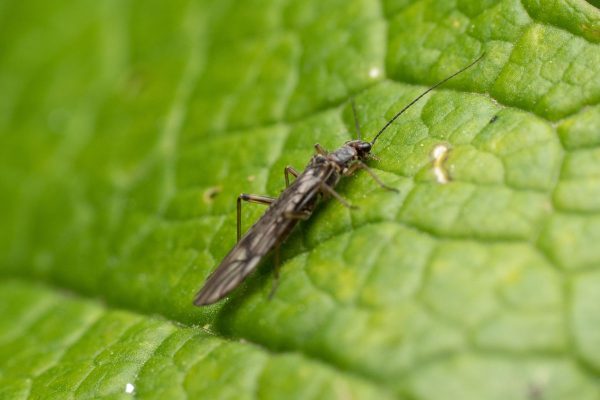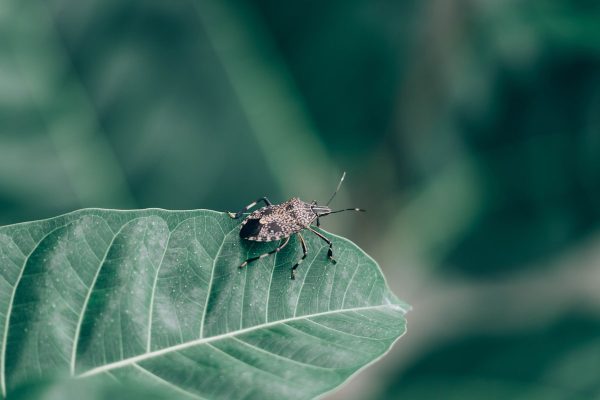Have you ever caught a lone star tick crawling towards your home? If so, you must have wondered if they can live indoors or not. You have come to the right place! We have conducted thorough research to feed your curiosity.
Indeed, there are instances that you can find lone star ticks indoors, and that is probably because you or your dog has carried them along. They drop themselves off once they feel engorged. However, the thing is, they don't survive for very long when they are indoors.
Since they can't survive indoors for too long, that doesn't mean you should take the lone star ticks lightly. They are still a nuisance to the comfort of your home and pets, especially since they can bring harm to everyone once they bite. Eliminating lone star ticks is the best thing to accomplish, and we suggest you keep reading to find out how.
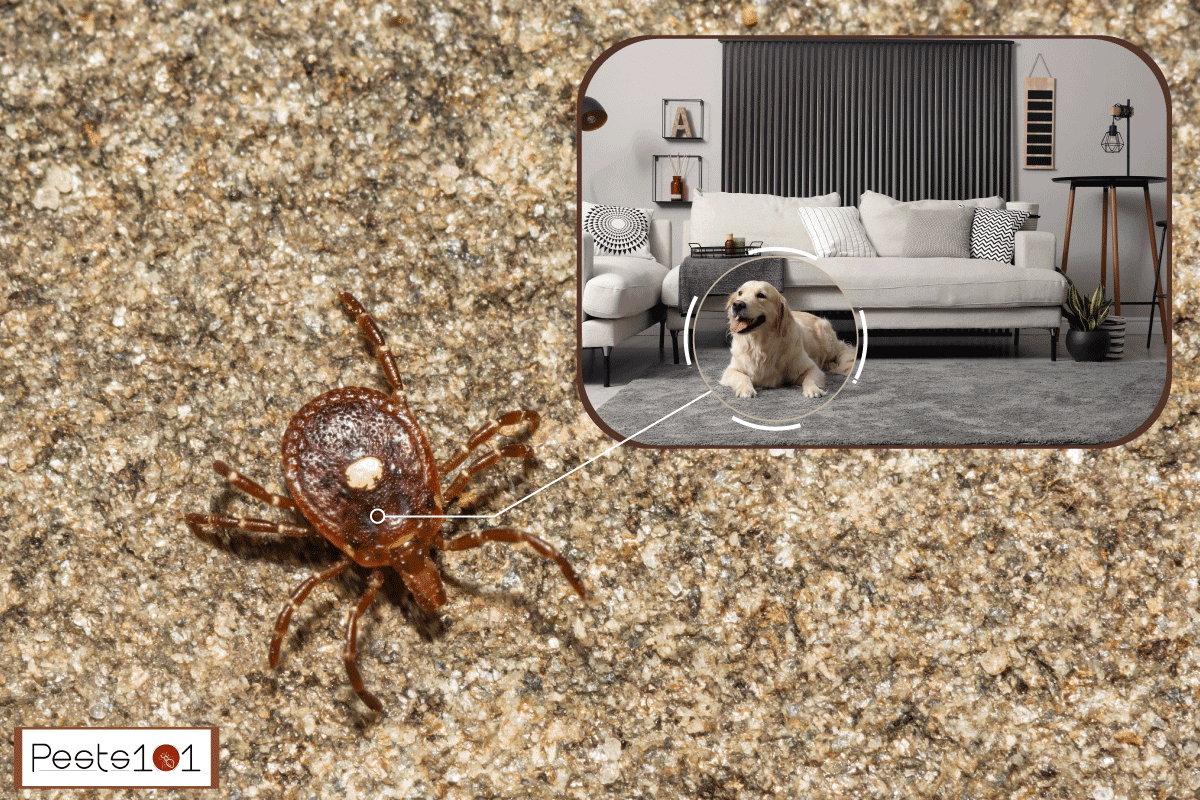
How Lone Star Ticks Get Indoors
Those lone star ticks you can see on carpets, furniture, or mattresses were typically brought in unintentionally by people or animals. We suggest you vacuum tick-infested regions and seal the bag in a plastic garbage bag before throwing it out.
Happily, the environment is too dry for lone star ticks to remain inside structures for very long.
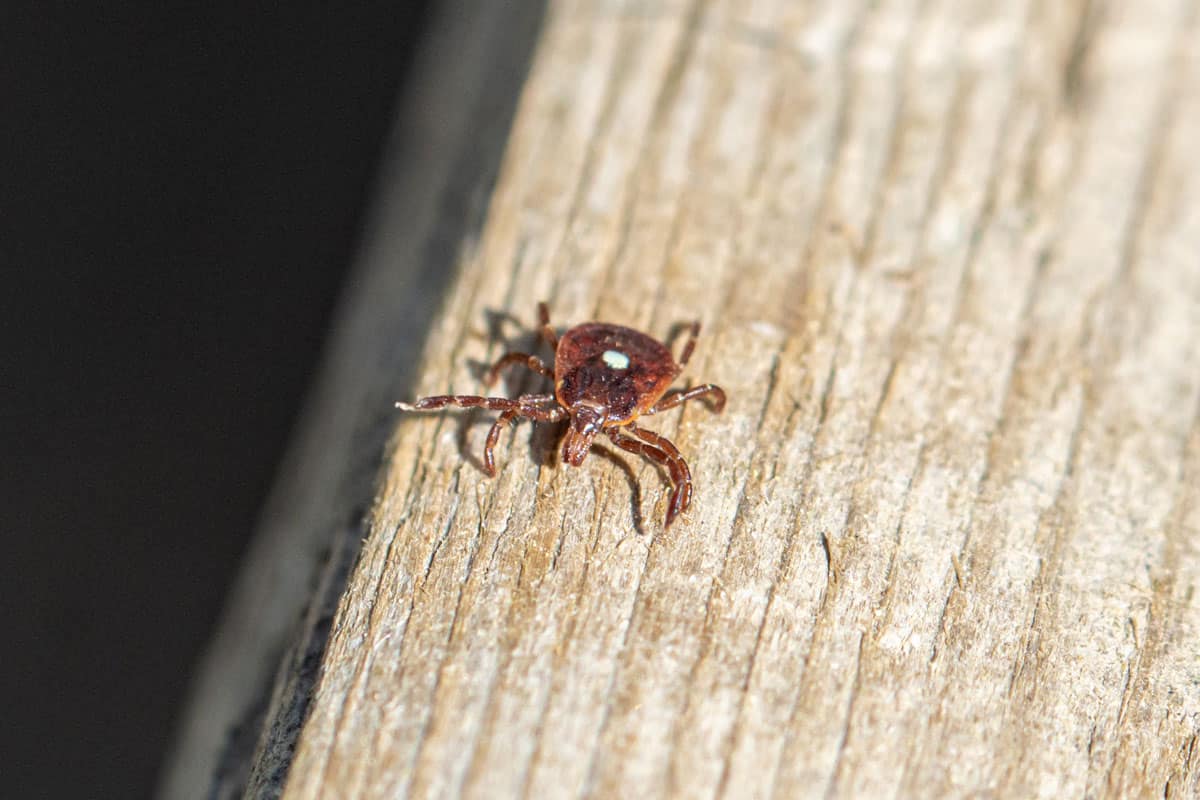
Pets With Ticks
Outdoor animals freely walking indoors and out are frequently and quickly capable of bringing ticks inside the house or yard. Managing ticks on pets is essential to address severe or persistent tick problems.
- For guidance on products that prevent tick infestations, consult your veterinarian.
- Before bringing animals inside, give them thorough grooming and check for ticks.
- It would be best not to allow your pets to get close to furniture where the ticks can drop off.
- Regularly check pet sleeping locations for ticks.
How Do Lone Star Ticks look?
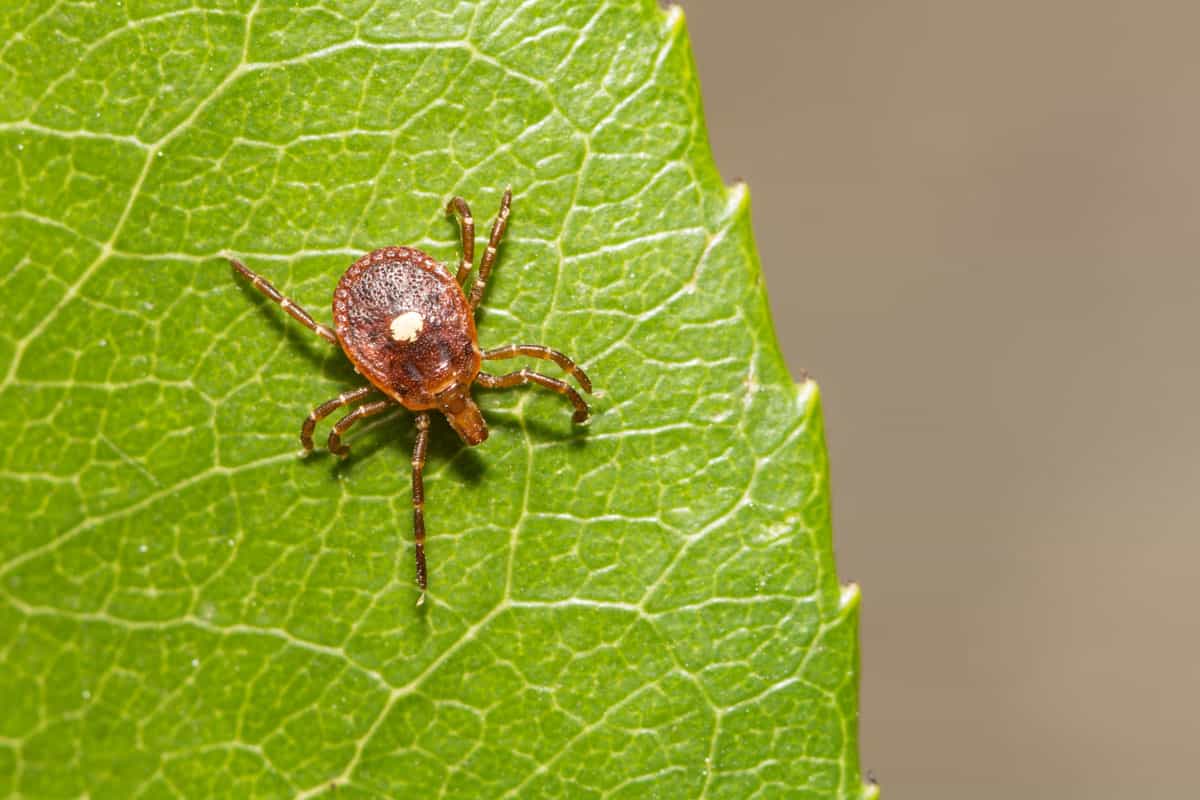
When not engorged, female adult lone star ticks measure around 1/8-inch long, and males are a little shorter. Lone star tick adult females can grow up to 7/16-inch long when fully engorged.
Lone star ticks' oval, reddish-brown bodies turn slate grey when engorged. Male lone star ticks contain multiple inverted horseshoe-shaped whitish spots down their backs, compared to the females' one whitish to silvery spot.
More often than any other tick species in the eastern and southeastern regions, these ticks prey on humans. The bite of a lone star tick can cause a rash that occasionally looks like a circle.
Additionally, we can say they are dangerous since they can transmit diseases. And the removal of lone star ticks must get underway immediately.
What Are The Reproduction And Life Cycle Of Lone Star Ticks
After a female tick eats a blood meal and detaches from its host, the lone star tick's life cycle begins. In a covered location with high humidity, like under leaves, the female lays over 5,000 eggs after a few days.
The lone star tick eggs can thrive the best in such a setting. Six-legged larvae will emerge from the eggs and start looking for a host soon after.
When a host passes by, lone star tick larvae engage in a behavior known as questing, in which they crawl on an object or plant. After obtaining a host, the lone star tick larva attaches, blood feeds for one to three days, detaches from the host, and shortly after molts into a nymph with eight legs.
And when the nymphs drop off from their host, they molt into adult ticks rather than continue the larval questing process.
When Is Lone Star Tick Most Active
The lone star tick is most active from May through June. It can become active on warm days in the winter and early spring.
Lone Star Tick Bites & the Spread of Disease
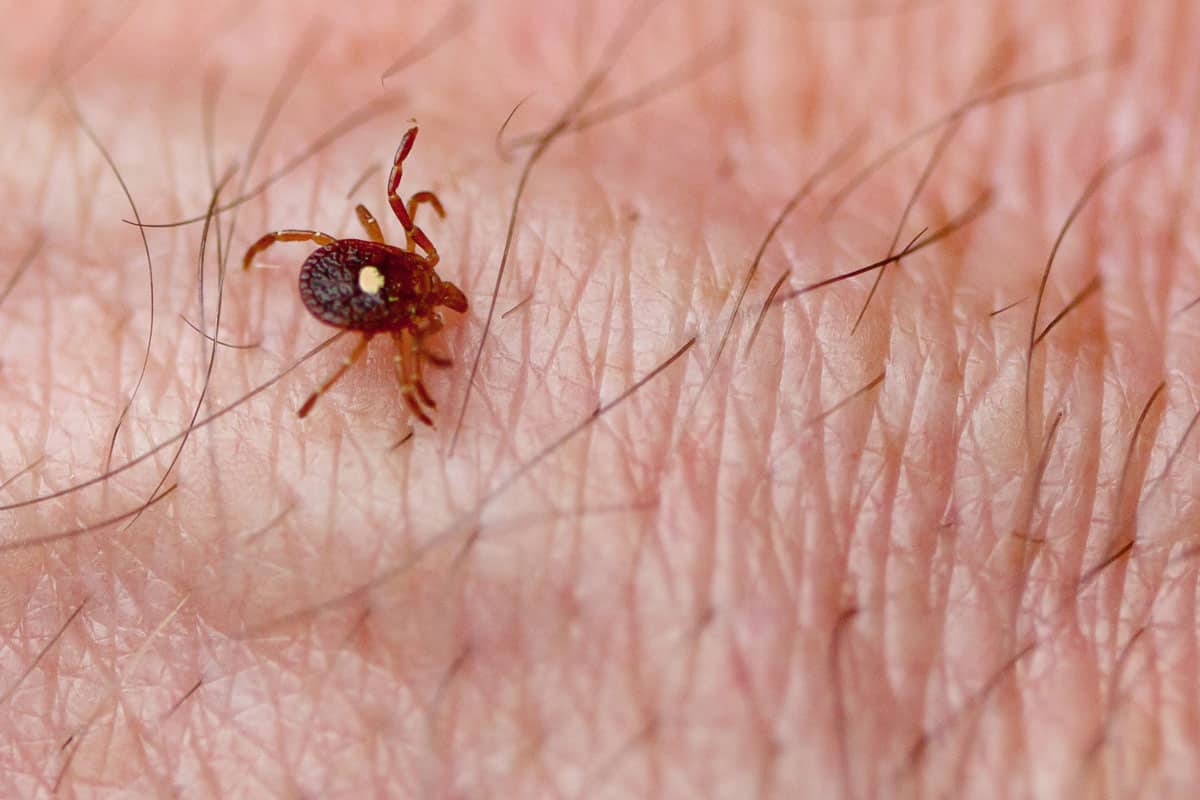
Despite the fact that people occasionally have a rash that resembles the inflammation associated with Lyme disease after being bitten by a lone star tick, lone star ticks are not capable of transmitting Lyme disease.
If weariness, headache, fever, muscle discomfort, and joint pain are also present along with this rash, the condition is known as Southern tick-associated rash sickness (STARI).
Ehrlichiosis, tularemia, and a virus thought to be spread by lone star ticks are a few additional illnesses linked to these pests.
Heartland virus, which has eight instances as of March 2014, was discovered in 2012. It affects people in Tennessee and Missouri. Fatigue, fever, headaches, muscle aches, diarrhea, appetite loss, and upset stomach are common signs of the Heartland virus infection.
Another suspected ailment of lone star ticks is the severe red meat allergy. It is where lone star ticks feed on human blood. Hives and edema are frequent allergic reactions.
People apt to intense allergic responses may develop anaphylactic symptoms such as diarrhea, vomiting, a drop in blood pressure, and troubled breathing.
How To Control Ticks
Since ticks are challenging to manage, we advise using a qualified expert's services. It will require treatments in parts of the yard where ticks are present. Keeping away from tick-infested regions is the best approach to preventing tick bites.
Furthermore, it would be best to take the following precautions:
- Put on long pants and a shirt with long sleeves. The best colors for detecting ticks are light ones.
- We suggest you fasten the bottom of the jeans with socks or a tight tie at the ankles.
- Put on a cap.
- Cover lengthy hair with a hat.
- Apply tick repellant to your clothing, particularly your arms and lower torso.
- After leaving infected locations, carefully examine your body. Have someone else look at your backside and the back of your head.
- If your children have been in regions where ticks may be present, thoroughly inspect them.
- It would be best to wash clothes right away in warm water with detergent.
- We highly advise never to put potentially infected garments in a basket with another laundry.
- You can keep your pets safe by not letting them enter tick-infested areas, or you can ask your veterinarian about tick treatment solutions. Keep in mind that ticks can also transmit infections to your dog.
- After walking your pets through fields or forested areas, thoroughly check them for ticks.
- Avoid grabbing a tick by the abdomen and pulling it out of your skin. You could risk getting an infection if you push its stomach contents into your skin.
How to Remove a Tick
Grab the tick by the head close to the skin using fine-tipped tweezers, then gradually drag it back. The tick's ability to slowly retract its mouthparts prevents them from separating and remaining in the skin.
Clean the area thoroughly with soap and water after removing the tick. We highly advise applying an antibiotic cream or using alcohol to clean the bite site.
How To Prevent Ticks
1. Landscape Changes

Long-term tick reduction requires landscape changes. The edges of woodlots and trails are popular locations for lone star ticks because they provide shade from the sun's rays and the hot, dry air.
Additionally, the small and large creatures that ticks eat for blood meals find food and refuge in these locations.
The primary means by which ticks are spread throughout an area and survive is through wild mammals. Important hosts include striped skunks, raccoons, and white-tailed deer. Ticks are often less common in eastern cottontail rabbits and Virginia opossums but are more prevalent.
These animals can transport these annoying ticks into your properties and then back into rural areas. If possible, use fencing to prevent animals from moving around trouble spots.
Maintaining the Lawn
Sustainable tick management involves making regions undesirable for ticks. Maintain a three-inch-high lawn cut in areas where ticks have been an issue. As a result, circumstances will become unfavorable with decreased humidity and increased soil temperatures.
Also, mice and other tiny animals serving as tick hosts are less likely to hide there. Doing this can reduce the number of ticks by around 75% with this long-term strategy.
2. Do Not Leave Pet Foods Outdoors
Avoid enticing roaming or wild animals that might be carrying ticks. Do not leave pet food outside for extended periods and keep trash in adequately sealed cans.
3. Keep The Playground Away From The Woods
To minimize the chance of coming into touch with ticks, place kid-friendly play areas as far away from the edge of forests or overgrown areas as you can.
4. Insecticides
Insecticides offer a temporary solution for lowering tick populations until you can address habitat changes. They do not provide a long-term control solution.
You can spray 8 to 10-foot swaths around shaded regions or the edges of wooded areas. Spraying open, sunny, mowed turf areas is often not necessary. The pesticides we recommend below intend to control ticks in lawns. To prepare and use the diluted spray, follow the instructions on the packaging.
Permethrin Carbaryl Sevin Liquid Insecticide
Check out this Sevin Insecticide on Amazon
Bifenthrin Ortho Bug B Gon Lawn & Garden Insect killer
Check out this B Gon insect killer on Amazon.
Cyfluthrin Multi-Insect Killer Concentrate by Bayer
Check out this Bayer Cyfluthrin insecticide on Amazon.
Cyhalothrin Spectracide Flea and tick killer
Check out this Spectracide tick and flea killer on Amazon.
Wrap It All Up
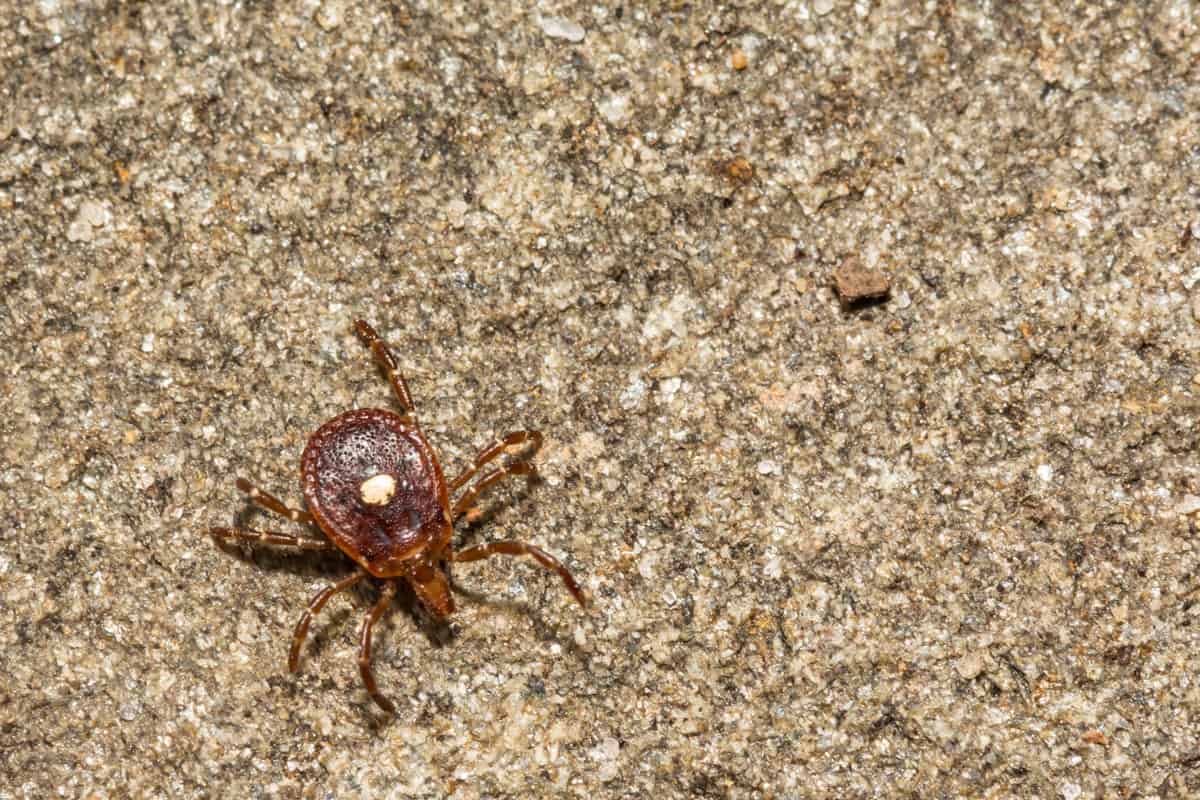
Even though lone star ticks don't survive indoors, you still have to get rid of them. Doing so will prevent them from harming you by transmitting diseases.
We hope you find this article helpful. We'd love to hear from you, so if have further questions, feel free to leave a comment below. And before you go, you might want to check the posts below. Thanks for reading!





